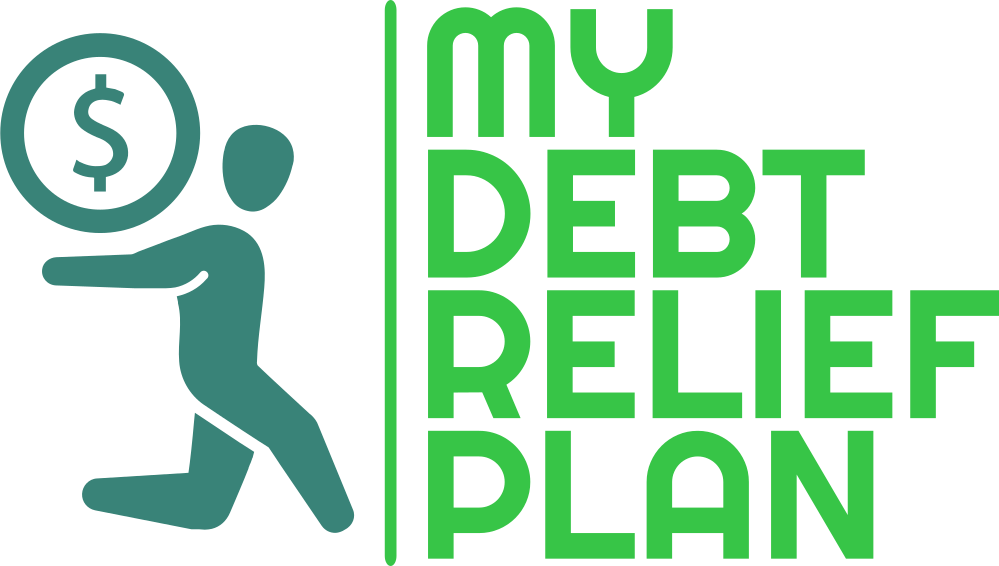The ABC’s of Saving Money
Saving money doesn’t come naturally for most of us. As a result, we must learn to make conscious efforts to learn this essential skill. Fortunately, there’s a wealth of information at our fingertips that we can use to begin to put the wheels in motion. Learning to save money could be the difference between having money to cover an unexpected expense or worse. We could find ourselves in an emergency situation and need funds at a moment’s notice. Regardless of the situation, it behooves us to learn the fine art of saving and put it into motion.
Pay Attention to Spending
The first step in learning to save money is becoming aware of your spending habits. Make a record of everything you buy down to the penny. Record everything you spend, from that soda that you bought on your lunch break, to your car note. Everything needs to be accounted for. Once you’ve taken into account all your normal spending habits for at least a month, create categories for everything from gas to your utility payments.
Create a Budget
After you’ve made a record of your spending habits and categorized them you have everything you need to create a budget that is income sensitive. Creating a budget will act as a roadmap and give you spending limits. In addition to spending limits, a budget will allow you to factor in recurring payments like rent, and utility bills. A budget will also keep you from overspending and allow you to see areas where you could save more money.
The Savings Plan
With a budget in place, you can now plan on saving 10-15 percent of your income. Here is where the paradigm shift must occur in order to be successful. You must start looking at your savings as an expense that must be paid like your rent or your utility bill. If you can’t afford to save at least 10-15 percent of your income then you may need to cut some things out. Perhaps you’re eating out too much or you can’t afford expanded cable. Whatever the case, make the changes you need to make. Downgrade to basic cable, or stop going out to eat as frequently as you do.
Alternative Money Saving Strategies
There are a wide variety of different ways to hold onto more of your money and save. Loans can be used to leverage money if done properly. It’s possible to take out a loan to avoid having to spend a large chunk of your own money. Luckily there are many different types of loans that may make this type of strategy possible. For example, you can use your car to take out a title loan if you own it. In fact, a title loan helps in saving money. The money you could borrow could help you to hold onto more of your own money as a savings strategy and pay it back a little at a time. However, there are many different types of loans available. You just have to find one that fits your unique circumstances if you want to use a loan as a money saving strategy.
Learning to save money is a big part of becoming financially responsible. You must become aware of your spending habits and begin to track them. Once you have this awareness, you are ready to put a budget in place. Your budget should include a category for saving money and at least 10-15 percent of your income should go to your savings. If you can’t afford to save ar least 10 percent of your income, you must make cutbacks in other areas. Look at your spending in order to find areas to save. Saving should have just as much importance as your rent or utility bills. If you decide to use a loan as a way to leverage your money, make your payments on time and negotiate the best rates possible. Keep in mind, however, that taking out a loan requires additional responsibilities that you must keep up with. Learning to save will help you become more financially responsible and create a cushion as preparation for the unexpected.



